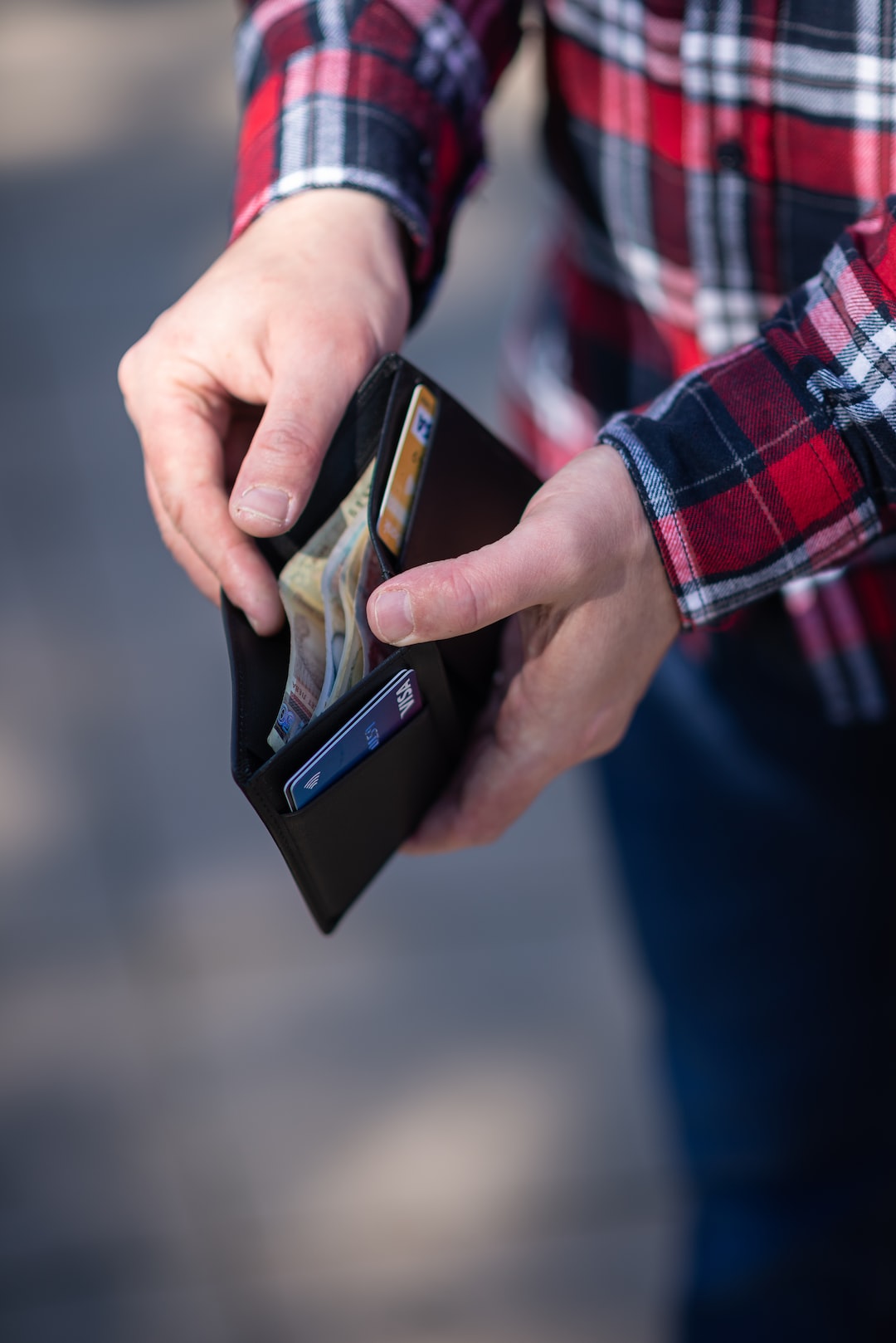Forex trading graphs are a fundamental tool in understanding the foreign exchange market. It is essential to learn how to read these graphs to make informed trading decisions. This article will provide an in-depth overview of forex trading graphs, including what they are, how to read them, and what they can tell you about the market.
What are forex trading graphs?
Forex trading graphs, also known as currency charts, are visual representations of the exchange rate between two currencies. They show how the price of one currency changes in relation to another over time. Forex trading graphs are used to track price movements, identify trends, and predict future market movements.
Forex trading graphs are typically presented in two ways: line graphs and candlestick charts. Line graphs are the most basic type of chart, and they plot the closing prices of a currency pair over a selected period. Candlestick charts, on the other hand, provide more detailed information about the market by showing the opening, closing, high, and low prices of each trading session.
How to read forex trading graphs
Reading forex trading graphs can be intimidating at first, but with practice, it becomes easier. Here are the essential elements to look for when reading forex trading graphs:
1. Currency pairs
The first thing to look for when reading a forex trading graph is the currency pair being charted. Forex trading graphs typically display two currencies, with the base currency being the currency on the left and the quote currency being the currency on the right.
For example, in the EUR/USD currency pair, the Euro is the base currency, and the US Dollar is the quote currency. When the price of the EUR/USD currency pair increases, it means that the Euro is strengthening against the US Dollar.
2. Timeframe
Forex trading graphs can be displayed over a wide range of timeframes, from one minute to several years. The timeframe you choose will depend on your trading strategy and the level of detail you need to make informed trading decisions.
Short-term traders may prefer to use one-minute or five-minute charts to identify short-term price movements, while long-term traders may use weekly or monthly charts to identify long-term trends.
3. Price scale
Forex trading graphs have a price scale on the left-hand side, which shows the exchange rate between the two currencies being charted. The price scale can be displayed in different units, such as pips, ticks, or percentages.
Pips are the most common unit of measurement in forex trading and represent the smallest price movement in a currency pair. For example, if the EUR/USD currency pair moves from 1.1000 to 1.1001, it has moved one pip.
4. Indicators
Forex trading graphs can also display technical indicators, such as moving averages, relative strength index (RSI), and stochastic oscillators. These indicators provide additional information about the market, such as trend direction, momentum, and overbought or oversold conditions.
It is essential to understand how these indicators work and how they can be used to make informed trading decisions.
5. Trend lines
Trend lines are another essential element of forex trading graphs. They are used to identify trends and support and resistance levels in the market. Trend lines are drawn by connecting the highs or lows of a currency pair over a selected period.
When a trend line is broken, it can signal a change in trend direction, and traders may use this information to enter or exit a trade.
What forex trading graphs can tell you about the market
Forex trading graphs provide valuable information about the market, including:
1. Market trends
Forex trading graphs can help you identify market trends, which can be used to make trading decisions. Trends can be bullish (upward) or bearish (downward), and traders can use trend lines and moving averages to identify the trend direction.
2. Support and resistance levels
Forex trading graphs can also help you identify support and resistance levels in the market. Support levels are price levels where buying pressure is expected to be strong, while resistance levels are price levels where selling pressure is expected to be strong.
Traders can use these levels to enter or exit trades or to set stop-loss orders.
3. Momentum
Forex trading graphs can also provide information about market momentum. Technical indicators such as the RSI and stochastic oscillators can be used to identify overbought or oversold conditions in the market, which can indicate a potential reversal in trend direction.
Conclusion
Forex trading graphs are an essential tool in understanding the foreign exchange market. They provide valuable information about market trends, support and resistance levels, and momentum, which can be used to make informed trading decisions.
To read forex trading graphs, you need to understand the currency pair being charted, the timeframe, the price scale, technical indicators, and trend lines. With practice, you can become proficient in reading forex trading graphs and use them to improve your trading performance.






